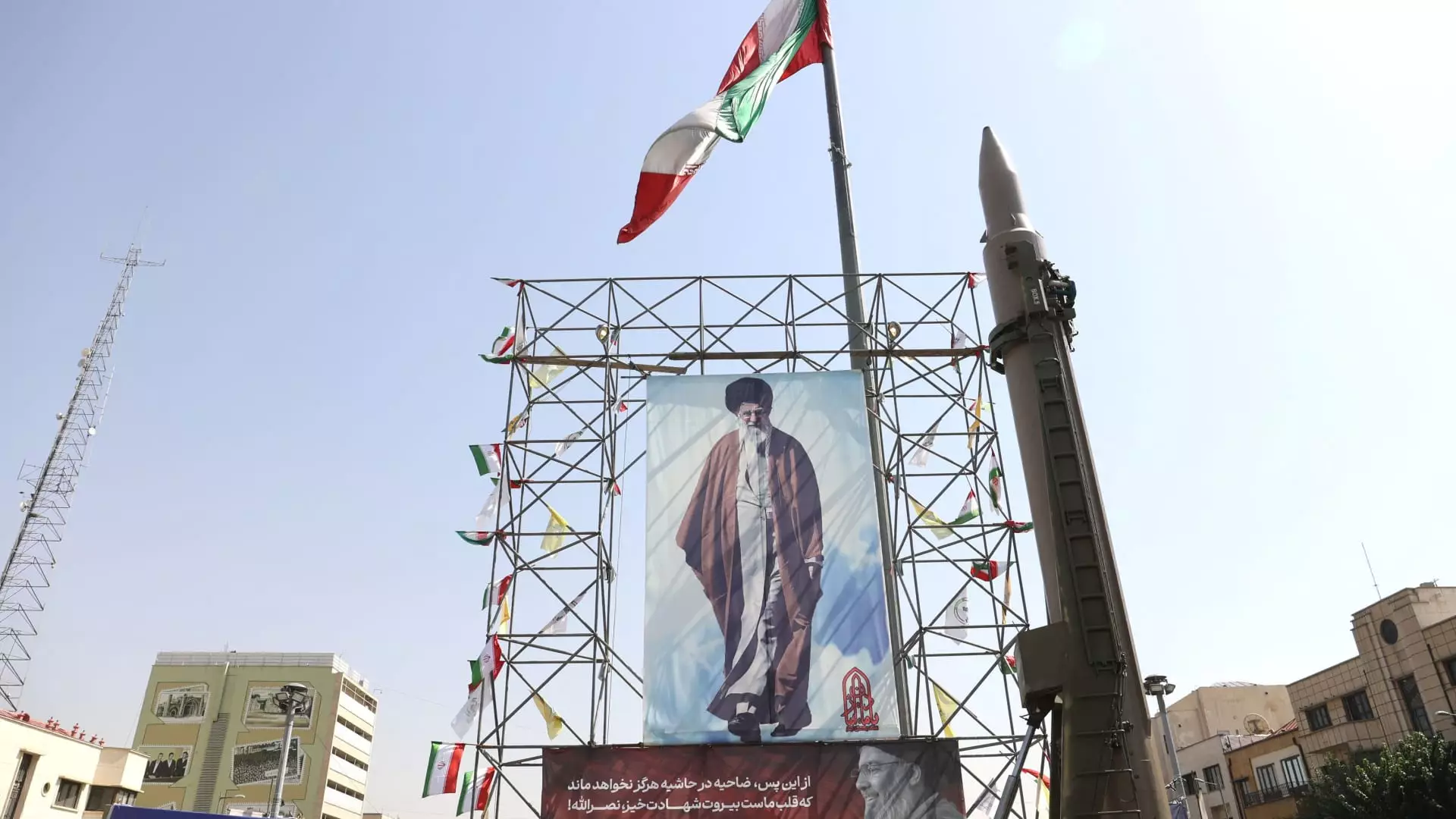The political landscape surrounding Iran and the United States has never been more fraught with tension. As we navigate President Trump’s second term, the potential for a significant transformation looms over Tehran’s future. Trump’s recent overtures towards negotiating with Iran represent a dramatic pivot from the scorched-earth approach of his first term, when he infamously exited the 2015 nuclear agreement. This disengagement led to an unprecedented downturn in relations, escalating into a complex and volatile standoff. However, with talks of a “deal” emerging again, the question remains: is this a genuine opportunity for peace or merely a strategic ploy cloaked in diplomacy?
The Nuclear Quandary In Context
What many observers fail to recognize is the grave implications of Iran’s enriched uranium stockpile, which has now reached notable levels of purity. Contrary to Tehran’s claims of peaceful intentions, enriching uranium to 60% purity positions them perilously close to achieving weapons-grade capability, which typically hovers around 90%. Critics argue that Iran’s nuclear ambitions are fundamentally predicated on deceit rather than peaceful energy pursuits. The International Atomic Energy Agency (IAEA) has sounded alarms repeatedly, warning that Iran’s enrichment puts it in a unique category among non-nuclear states. This situation amplifies the urgency for measures that can contain Iran’s nuclear program while simultaneously addressing the geopolitical intricacies at play.
A Reckoning with Diplomatic Doubt
Despite Trump’s insistence on negotiation, skepticism reigns supreme in Tehran. Supreme Leader Ayatollah Khamenei’s unwavering refusal to dismantle the nuclear program underscores a critical reality: the mutual distrust is too profound for any meaningful dialogue to flourish. Both parties are caught in a web of animosity, compounded by recent political débâcles, such as Ukraine’s President Volodymyr Zelenskyy’s public confrontation with Trump. This episode serves as a harsh reminder to Iranian officials that U.S. intentions may always bear an ulterior motive, thus further complicating trust-building efforts.
Adding to the complexity, Iran’s dire economic circumstances fuel both urgency and reluctance to engage. With an economy reeling under the weight of extensive U.S. sanctions, easing restrictions could provide critical relief. Nevertheless, Tehran’s stubbornness illuminates its desire to navigate through these turbulent waters without conceding too much ground. There is a precarious balance to maintain between the necessity of negotiating a deal and the potential fallout that comes with perceived weakness.
Trump’s Dilemma: Leverage vs. Floundering
Trump’s current political strategy appears to oscillate between the posturing of “maximum pressure” tactics and the allure of potential negotiations. The reality is stark: while he may wield considerable diplomatic clout and leverage over Iran due to its weakened proxies and staggering economic backdrop, the timeline for effective action is rapidly diminishing. This is not merely a tactical engagement; it’s a high-stakes gamble where one misstep could lead to catastrophic consequences.
Analysts assert that Trump’s leverage is unparalleled now compared to when he first assumed office. Still, the complexity of Iranian society and its nuclear ambitions cannot be understated. The general populace might lean toward negotiations to lift sanctions, but their leadership is entrenched in an ideological battle that twists every overture into a chess game fraught with existential stakes.
The Dichotomy of Support and Subversion
Iran’s ongoing enrichment efforts can be viewed as a double-edged sword. On one hand, the enrichment serves as a bargaining chip in potential negotiations; on the other hand, it risks provoking military interventions from Israel or the United States to thwart any advances toward nuclear armament. Observers like Sanam Vakil aptly point out that as Iran continues to amass enriched uranium, it hopes to present a better position for future talks. However, this is facilitated by the prescriptive view that Tehran does not merely seek to negotiate; it aims to outmaneuver adversaries while solidifying its nuclear position.
In this lethal game of geopolitical chess, Tehran’s strategy is calculated: buy time, maintain the status quo, and play the long game. It’s imperative to recognize that Iran may not be operating solely from a place of weakness; it possesses the arsenal of nuclear material that could redefine its regional influence. The inherent dangers linked to both their ambitions and the unpredictability of the current U.S. administration make for a precarious geopolitical landscape.
As we parse through these intricate diplomatic entanglements, it becomes increasingly clear that a true consultation of interests is far beyond mere negotiations. Navigating this labyrinth of power, trust, and existential fears will require a monumental shift in strategy from both sides—something that remains stubbornly elusive in the current political milieu.

